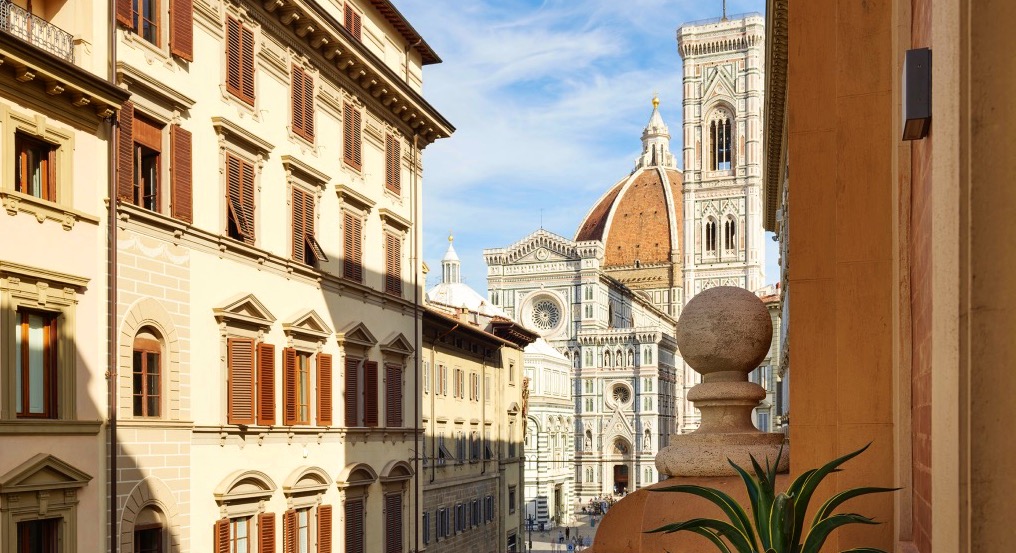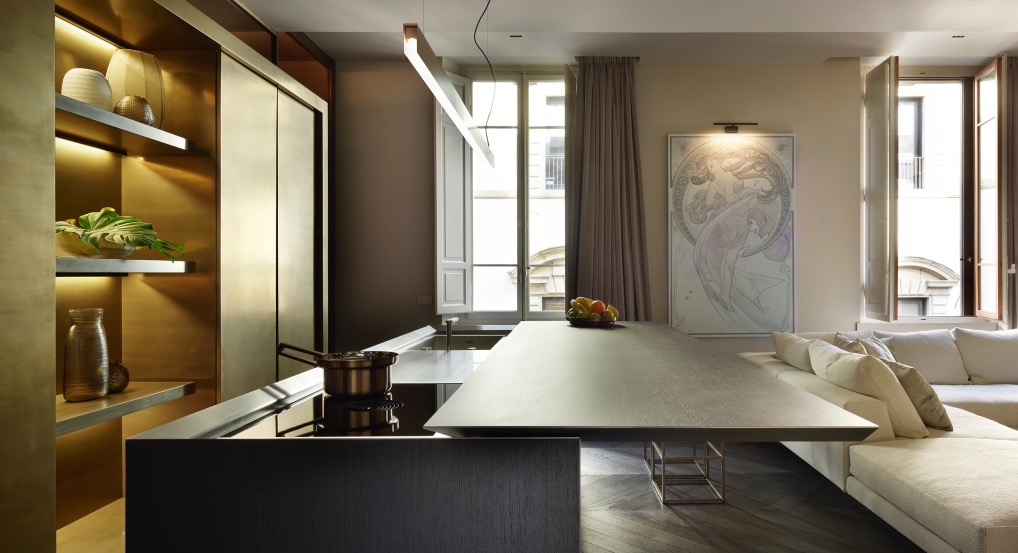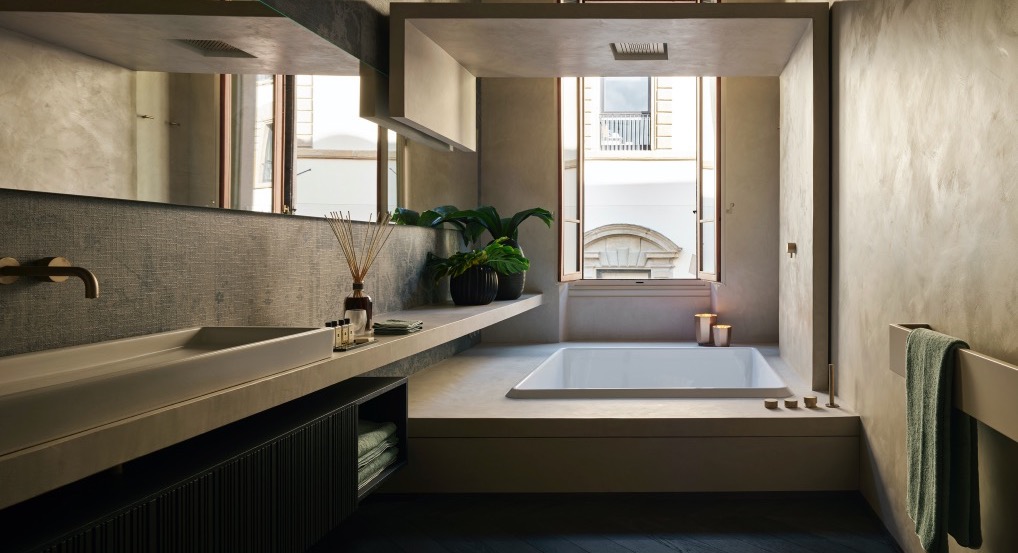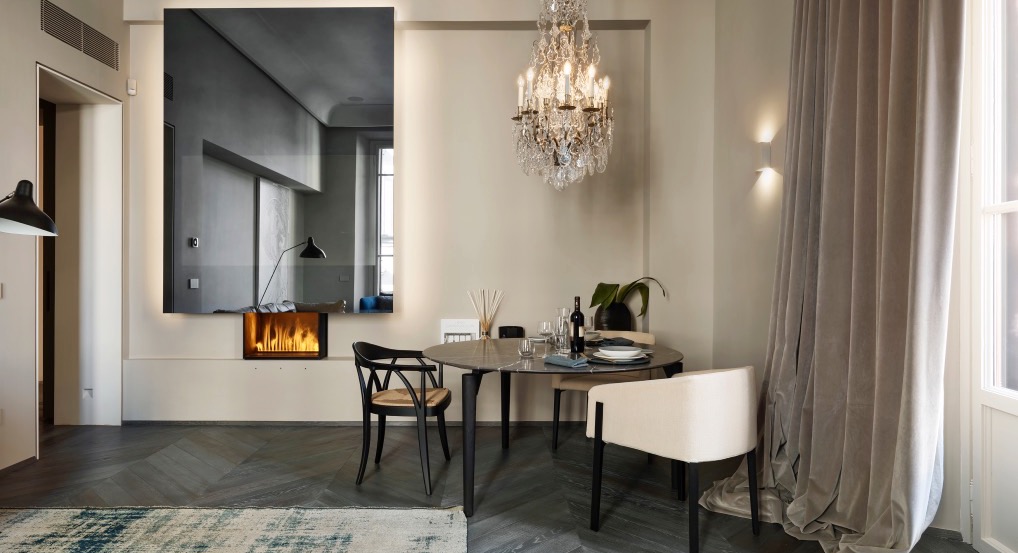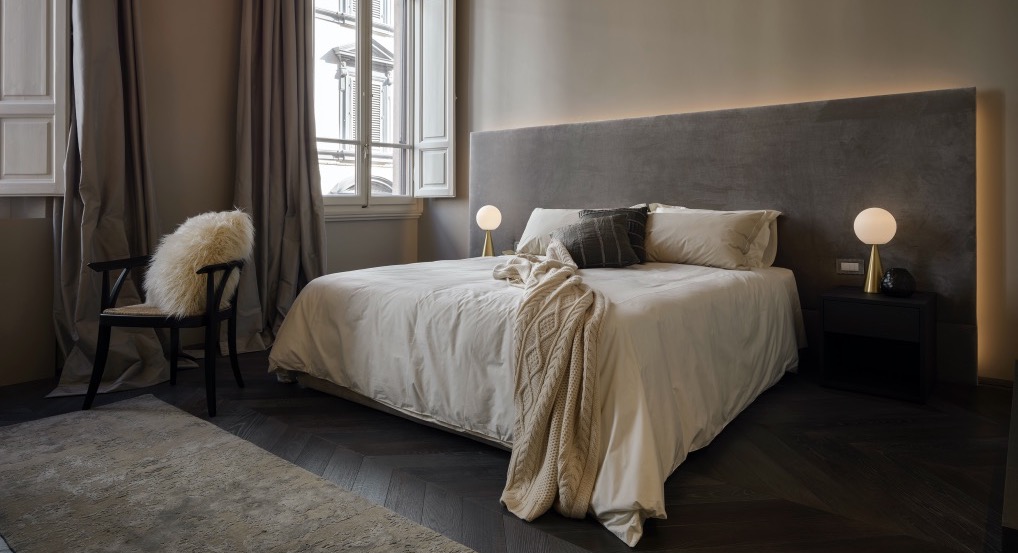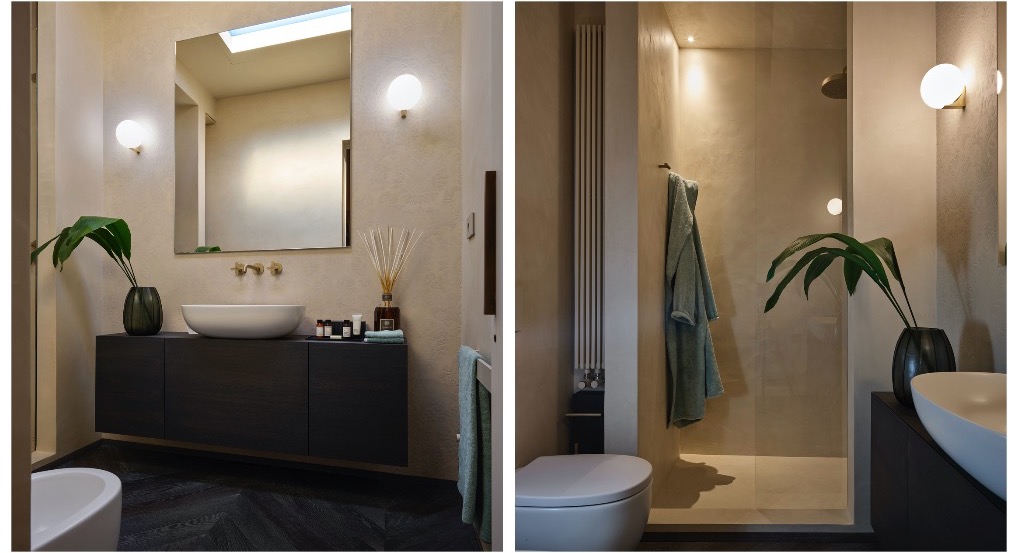• Florence: According to statistics produced by UNESCO, 60% of the world’s most important works of art are located in Italy and approximately half of these are in Florence! Sitting on the Arno River, the city is known for its history and its importance in the Middle Ages and in the Renaissance, especially for its art and architecture. A center of medieval European trade and finance, the city is often considered the birthplace of the Italian Renaissance. It was long under the de facto rule of the Medici family. From 1865 to 1870 the city was also the capital of the Kingdom of Italy. The historic center of Florence continues to attract millions of tourists each year and was declared a World Heritage Site by UNESCO in 1982.
• Castellina in Chianti: This medieval hilltop town is a Tuscany treasure. Its main street, Via Ferrucci, is a pedestrian zone home to many shops as well as restaurants, some with outdoor seating. Castellina is dominated by its early 15th century castle. The parish church San Salvatore contains an important fresco of the enthroned Madonna attributed to Bicci di Lorenzo.
• The Chianti area: Famous for its wines – the Chianti Classico – this area of Tuscany has more than just world-class oenological pleasures to offer. You will come across many delightful villages, each of them with a history of its own. Let us simply mention gems such as the romanesque church of Sant’Appiano, the Basilica of Impruneta, the fortified Castle of Montefioralle in Greve in Chianti, the Church of San Leolino and the Oratory of Sant`Eufrosino in Panzano in Chianti , the Castello di Brolio in Gaiole in Chianti, the roofless romanesque abbey of San Galgano which are all close. And don’t miss the Saturday market in the small town of Greve in Chianti on the famous Piazza del Mercato.
• Badia a Passignano: The splendid monastery of Badia a Passignano takes the form of a quadrangular fortified monastic complex with corner towers. Towards the middle of the 15 C the convent was augmented by the addition of cloisters and a wall. Information regarding the actual year of the Badia’s foundation is unclear. In 1049 Badia passed into the Vallombrosano order, a reformed branch of the Benedictines. In 1545, the abbey became an important theological, literary and scientific study center; the monastery chronicles report that Galileo Galilei taught mathematics here from 1587-1588. The monastery is still today occupied by the Valombrosiani monk community.
• The Strada Chiantigiana (SR 222): This ancient road leading from Florence to Siena is full of spectacular scenery, historic sites and the romance of the Tuscany region of Italy. It dissects rolling hills, vineyards and Chianti’s small cities and towns such as Greve, Radda, and Gaiole.
• San Gimignano: This is a small walled medieval hill town in the province of Siena. It is famous for its medieval architecture, especially its towers, which may be seen from several kilometers outside the town. The town also is known for the white wine, Vernaccia di San Gimignano, grown in the area.
• Hot Springs: In Tuscany there are several natural hot springs fed by volcanic water from 30 to 55 degrees celsius. Some of them have been known from Etruscan and Roman times like Calidario and Saturnia. You can add to your holiday in Tuscany a day in a thermal hot spring.
• Siena: The Sienese have no doubt that their town is the most beautiful in all of Tuscany, if not all of Italy. Siena has remained a Gothic city. Renaissance, one of the major influences in Florence, hardly affected the urban development of Siena. The city unfolds around the main shell-shaped square called “Il Campo.” Twice a year the famous horse race known as the “Palio” takes place here. The narrow streets are lined with old shops and small cafes, while churches and museums are real treasures of the fourteenth century.
• Lucca: This is one of the most enchanting towns in Tuscany. Whether you stroll along the wide avenues cresting the top of the ancient city walls or wander through the narrow streets punctuated by its ninety nine churches, visit one of the richly endowed museums or browse among the old-fashioned little boutiques, sip a cappuccino at one of the many traditional coffee houses and sample some of the best ice cream in Tuscany, this is a sheer delight.
• Ballooning In Tuscany: This is a unique experience to see the real, old Tuscany, as yet almost untouched by tourism. Robert Etherington, who lives in the village of Montisi, organizes morning flights (starting at about 6 am) which last more than an hour. Afterwards you will enjoy a champagne breakfast laid out in the fields where you land. The whole flight, from inflation to return to base, takes about three and half hours. The ballooning season is approximately late spring to early autumn.
